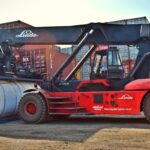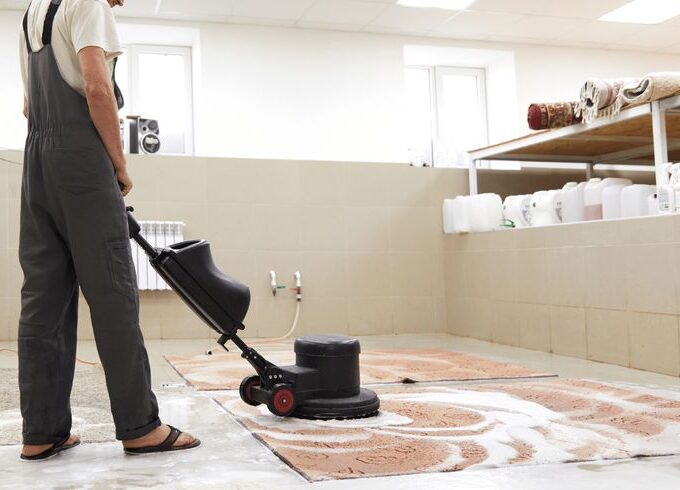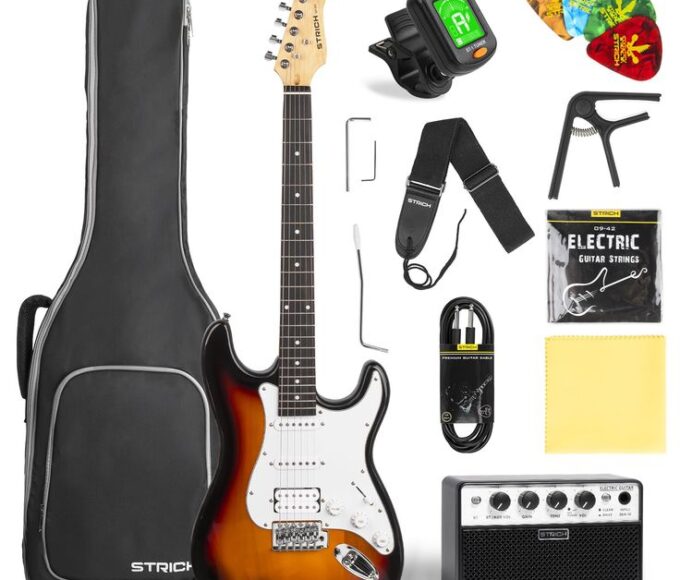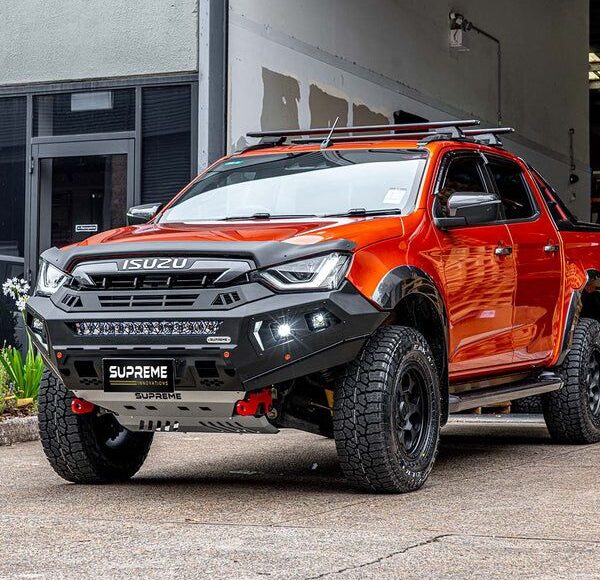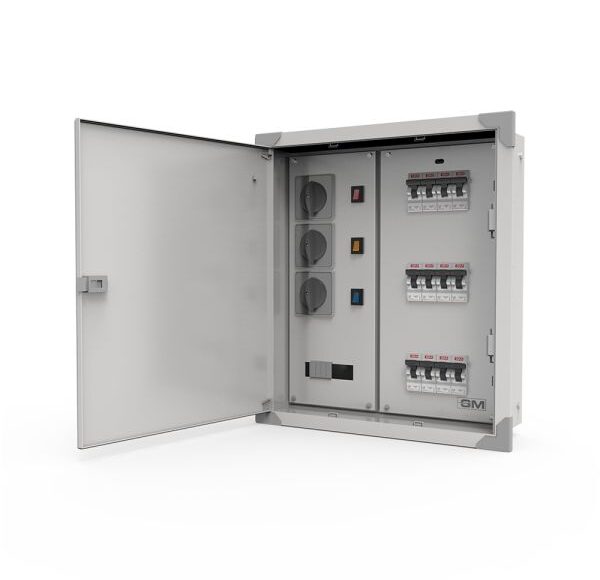The choice of trencher will really matter when you have to excavate utility or irrigation lines, or even landscaping projects in the form of trenches. These powerful machineries can slice through the soil without any difficulties yet the selection of the wrong machine may lead to delays and additional expenses. As a professional contractor or a DIYer who wishes to do the first project, it is vital to understand what trenchers are and how they can be used to select the most suitable one to rent. Here are some of the tips that will assist you in making this critical decision and ensuring that your project is completed to the letter without a single hitch.
Identifying project requirements
Before starting work with trenchers, it’s essential to consider the specific requirements of your project. Making the right choice depends on understanding exactly what you need.
First, assess the amount and type of work to be done. Are you excavating narrow utility trenches or wider foundation trenches? Your trencher must have the capacity to handle the specific tasks of each job efficiently.
Next, consider soil conditions. Hard clay or rocky soil may require more powerful equipment than sandy soil. Knowing the soil type helps ensure you select a machine that won’t fail when you need it most.
It’s also important to know the depth and width of your trenches. This information will guide you toward a model with the appropriate features to meet your project’s specifications.
Finally, think about accessibility and maneuverability. Can the trencher easily navigate tight spaces on the worksite? A machine that is easy to move around will save both time and effort. For reliable options in this area, many contractors trust Sunstate equipment and trencher in Mudgee, which offers machines suited to a variety of trenching needs.
Various types of type trenchers available on a hire basis
The kind of trencher you have adopted can have a significant influence on the success of your project. You can rent quite a few things.
Walk-behind trenchers are ideal in small assignments. They are portable and do not occupy so much space. These are machines that cut fine trenches.
Ride on trenchers, conversely, are more applicable to larger jobs. They are also able to deal with the hard soil conditions as they are more powerful and deeper. This implies that they are applicable in landscaping or laying utilities.
A chain trencher should be considered where you need to trench very deep or wide. It is well designed and can cut through most varieties of materials easily.
The reason that compact trenchers are designed is that they are used in cities that lack space yet efficiency is still to be considered. The difference between the types will make or break your project and the running of the project.

Some considerations to make when choosing a trencher company
The reputation of the company is also relevant in renting a trencher. Search engines should be used to find companies with high ratings and positive reviews left by their clients. Trustworthy companies are often popular in the region.
Then consider various kinds of equipment they possess. There is a great variety of vehicles available, and you can have the right one in your project. Ensure that they possess trenchers that suit you.
Customer service is also extremely significant. Choose a rental company, which is reputed to be cooperative and fast in reacting. This ensures that the issues and any inquiries you might have during your renting period will be addressed immediately.
Determine whether they maintain the property under rental. Well-maintained equipment experiences fewer on-site downtimes as well as being safer.
Always remember to be transparent on prices. Ensure that no extra costs are hidden such that you end up receiving some shocks when the moment to pay arrives.
Trencher Maintenance and Troubleshooting
Safety interests its way first with a trencher. Always read the operator manual of the machine before operating the machine. Familiarise yourself with its controls and features.
Essentially, use the appropriate personal protective equipment (PPE). These are gloves, heavy shoes, earplugs, and eyewear. Such things will save you in case of potential risks.
Look at the trencher over before you use it. Check whether there are any leaks or wear. In order to prevent troubles when you are working on your project, it is important to ensure that all the parts are functioning well.
Make a strategy of where you will excavate your trench. Mark off well in advance areas that may have underground utilities or other objects that may get in the way leading to accidents or damages.
Also, during the machine running they should maintain a safe distance between people not operating it. Debris and kick-ups are hazardous to those in the immediate vicinity and this may be caused by the appearance of trenches.
After you finish your job then clean the equipment as per the instructions of the rental company. This can be done through proper care, which maintains the tool in great condition to be used by others later and thus last longer.
These rules of safety and maintenance can keep you safe, and all around you, as well as everyone surrounding you, and you accomplish the greatest amount of work in any trenching endeavor, by adhering to the rules of safety and maintenance.








